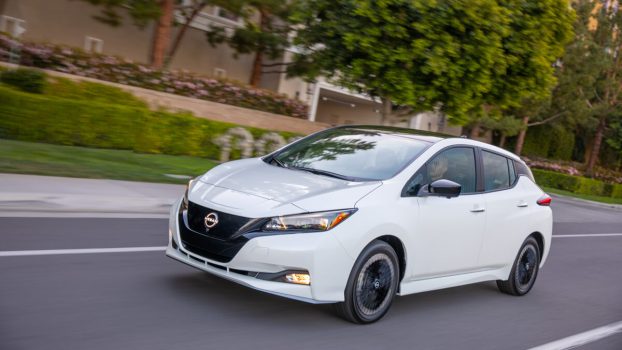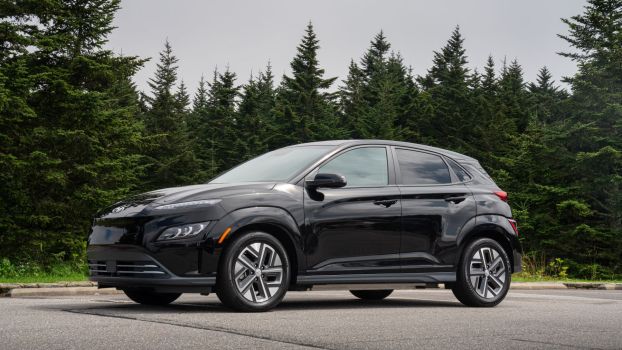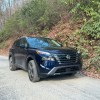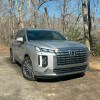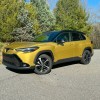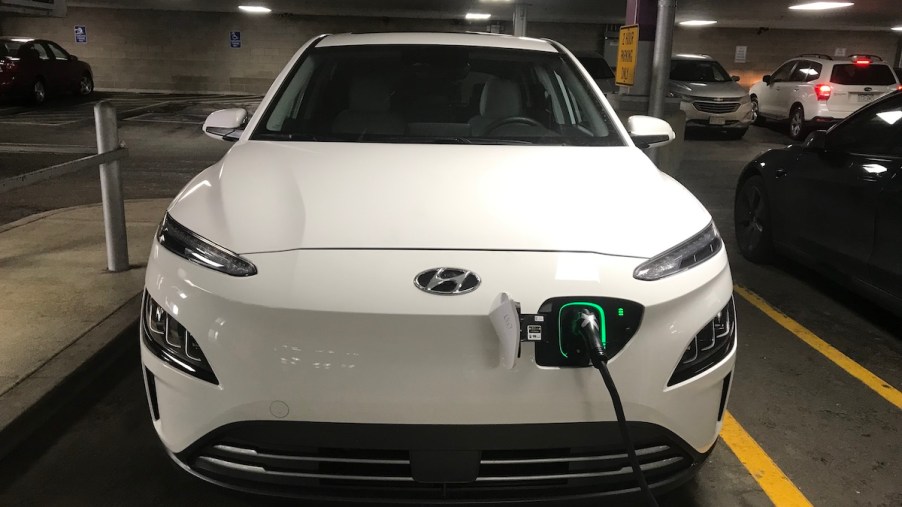
2023 Nissan LEAF vs. Hyundai Kona EV: An Electrified Real-World Comparison
The electric vehicle market has expanded greatly over the past decade. In the beginning, the most popular EV to buy was the Nissan LEAF, which was soon overshadowed by the barrage of Teslas in the years to come. Afterward, Hyundai started releasing vehicles like the Kona EV to provide more affordable EV options.
We have had the chance to test out the Hyundai Kona EV and, most recently, the Nissan LEAF. Here is a real-world comparison between the two.
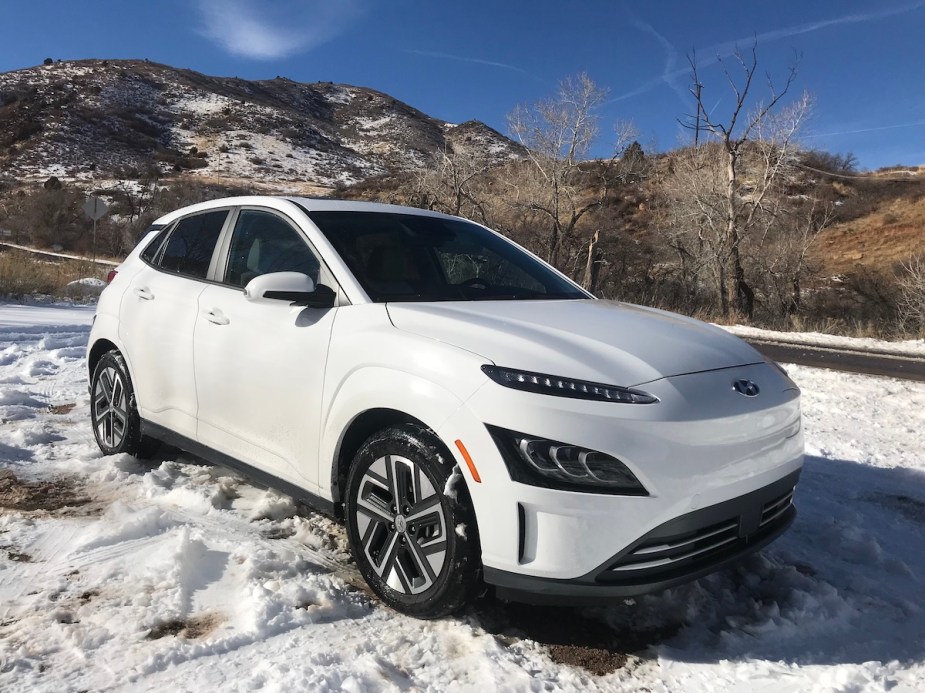
2023 Nissan LEAF vs. Hyundai Kona EV: Driving experiences
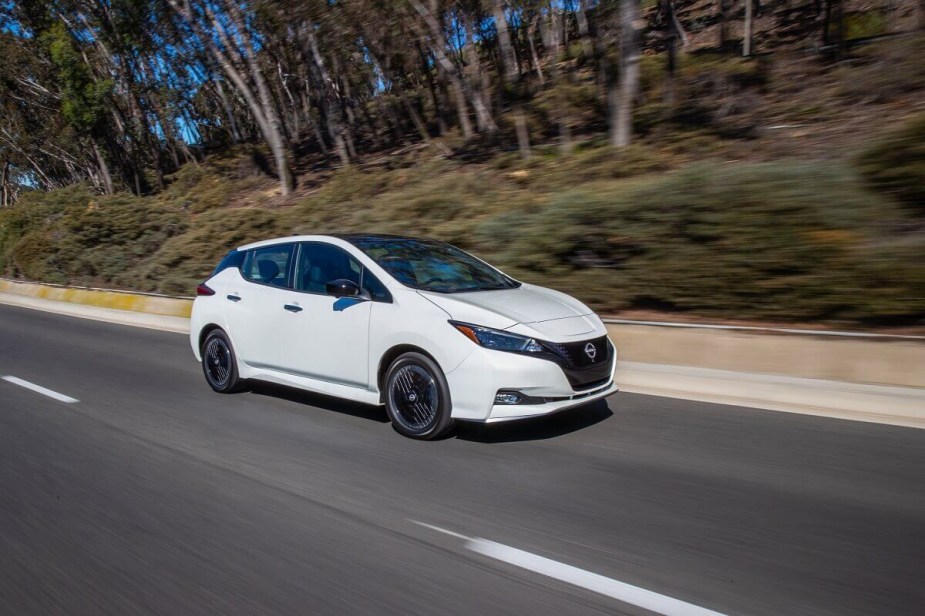
Considering both of these small electric vehicles are hatchbacks, they drive similarly. That is to say that both cars felt confident and comfortable on the road. The steering effort in both cars is light, and the visibility out of all four corners is excellent. That said, the acceleration in both cars is similar, but the Hyundai Kona EV felt a little stronger.
That makes sense considering the Kona EV’s 150-kW puts out 201 hp and 291 lb-ft of torque compared to the Nissan LEAF’s 110-kW motor. The LEAF produces 147 hp and 236 lb-ft, which doesn’t sound like that much of a deficit on paper, but you can definitely feel the extra power when you bury the throttle in the Kona EV.
The Hyundai Kona EV feels more upscale than the Nissan LEAF


Considering the Nissan LEAF has been around for over a decade, you would think it would be up to par with today’s tech standards. However, we found the LEAF’s infotainment system to be antiquated compared to the Hyundai Kona EVs. The Hyundai’s touchscreen is far more attractive, and the audio system has six speakers as opposed to four.
As for the rest of the cabin, the Nissan LEAF’s cloth seats are comfortable, but the interior feels a little more rental car-like than the Kona’s. The Kona offers sleek, brushed aluminum surfaces and soft-touch materials, which makes it feel worthy of its slightly higher price tag over the LEAF.
It’s easy to charge both cars, but the Nissan LEAF charge quicker


When it comes to charging, the Nissan LEAF takes the cake. Mainly because it has a slightly smaller 62-kWh battery as compared to the Kona EV’s 64-kWh unit. But at any rate, we were able to charge the LEAF up to 95% from 24% (from 60 miles up to 240 miles) in around an hour. This is mainly thanks to the car’s CHadeMO charging adaptor, which delivered about 40 kW of power during the charging session.
During our time with the Hyundai Kona EV, we could only add around 34 miles to the Kona EV in the same amount of time. Granted, the charger we plugged it into only delivered 5.8-kW of power per hour, which is far less.
Fortunately, Hyundai says the Kona EV can charge up to 80% in an hour when using a 50-kW charger if you can find one in the wild. All things considered, that means both cars are similar when it comes to charge times.
2023 Nissan LEAF vs. Hyundai Kona EV: Which electric vehicle should you consider?
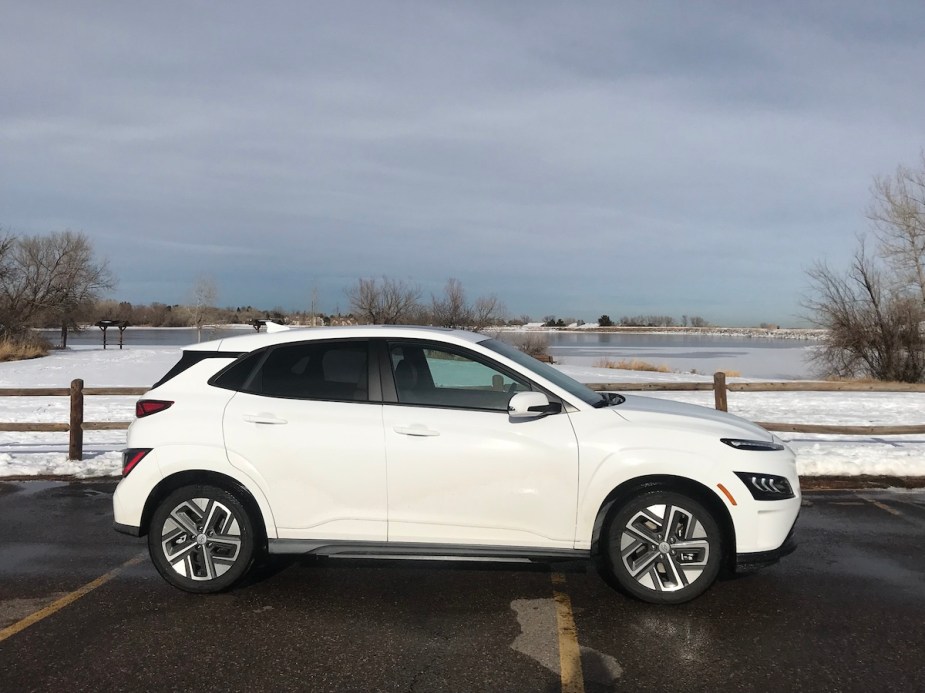
When it comes to small electrified hatchbacks, we recommend checking out the 2023 Hyundai Kona EV over the Nissan LEAF. Although both cars are similar when it comes to power, comfort, amenities, and charge times, we think the Kona provides a better value by a small margin.
It’s worth noting that the Hyundai Kona EV costs a little more if you pick the top-trim Limited ($41,000 vs. $37,000 for the LEAF SV Plus). But we think it’s worth the extra cost, especially if you can qualify for the federal rebate.
